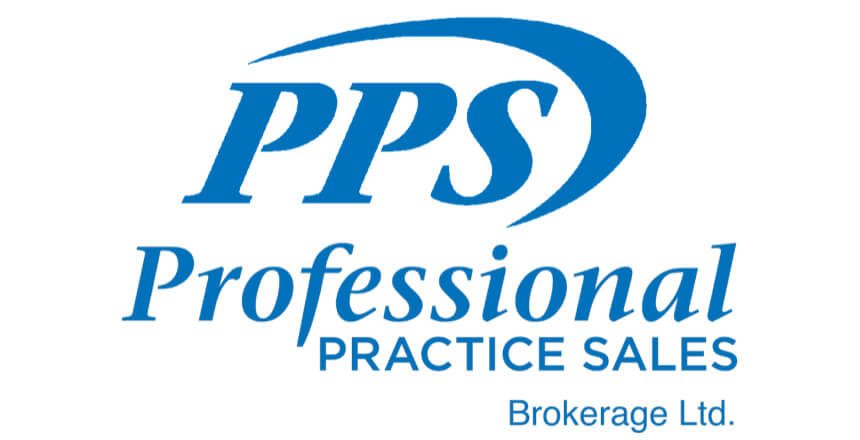
The lease of your premises can be a positive or negative factor in the sale of your practice. The banks will want to assure themselves that you will have possession of the premises well into the future if you intend to stay at that location. If so, it is appropriate to have your lease contain multiple options to renew to ensure possession into the future. If you want to ensure your occupation for 20 years, you could obtain a ten year lease with a ten year option to renew. However, this scenario will restrict how quickly you can write off the leasehold improvements for income tax purposes. The Income Tax Act permits you to write off your leaseholds improvements over the term of your lease plus the first renewal period, with a minimum of 5 years. Therefore, the 10 + 10 lease would permit the write-offs over 20 years or 5% per year on a straight line basis. This is a slow rate. A better alternative would be a three year lease with a two year option followed by three additional 5 year options. This also provides you with up to 20 years of occupation but you can write off the leaseholds in 5 years at the rate of 20% per year. Save your taxes now not in 20 years.
If the intention of the purchaser is to move the practice then you will want to have a short commitment to the lease. A three to four month commitment is ideal as it would give you time to organize the transfer of the patients to another location.
The worst possible combination is a low billing practice with poor visibility, high rent and a long term lease. This is typical of many new practices that have started from scratch. I recently reviewed a mature practice billing $150,000 annually, with three years remaining on the lease. The patient base was 250 active recall patients with virtually no new patients in the past year, and gross rent was $35,000 per year. In my mind this practice is unsalable because the rent is continuing for three years and as such the practice cannot be moved to an existing practice.
If your rent is over 10%, this is a negative factor in the value of the practice and the desirability of your practice. If the rent (occupancy cost) is under 5% in a larger urban community in Southern Ontario, this is a positive for the value of the practice.
My recommendation is that if you are near the end of your lease and you are anticipating selling within the next few years, and your landlord likes having a dentist in that location, I generally would recommend shorter leases with multiple shorter options to renew. If you are having some concerns about the renewal of your lease there are professionals who can step in and handle your negotiations with your landlord.
